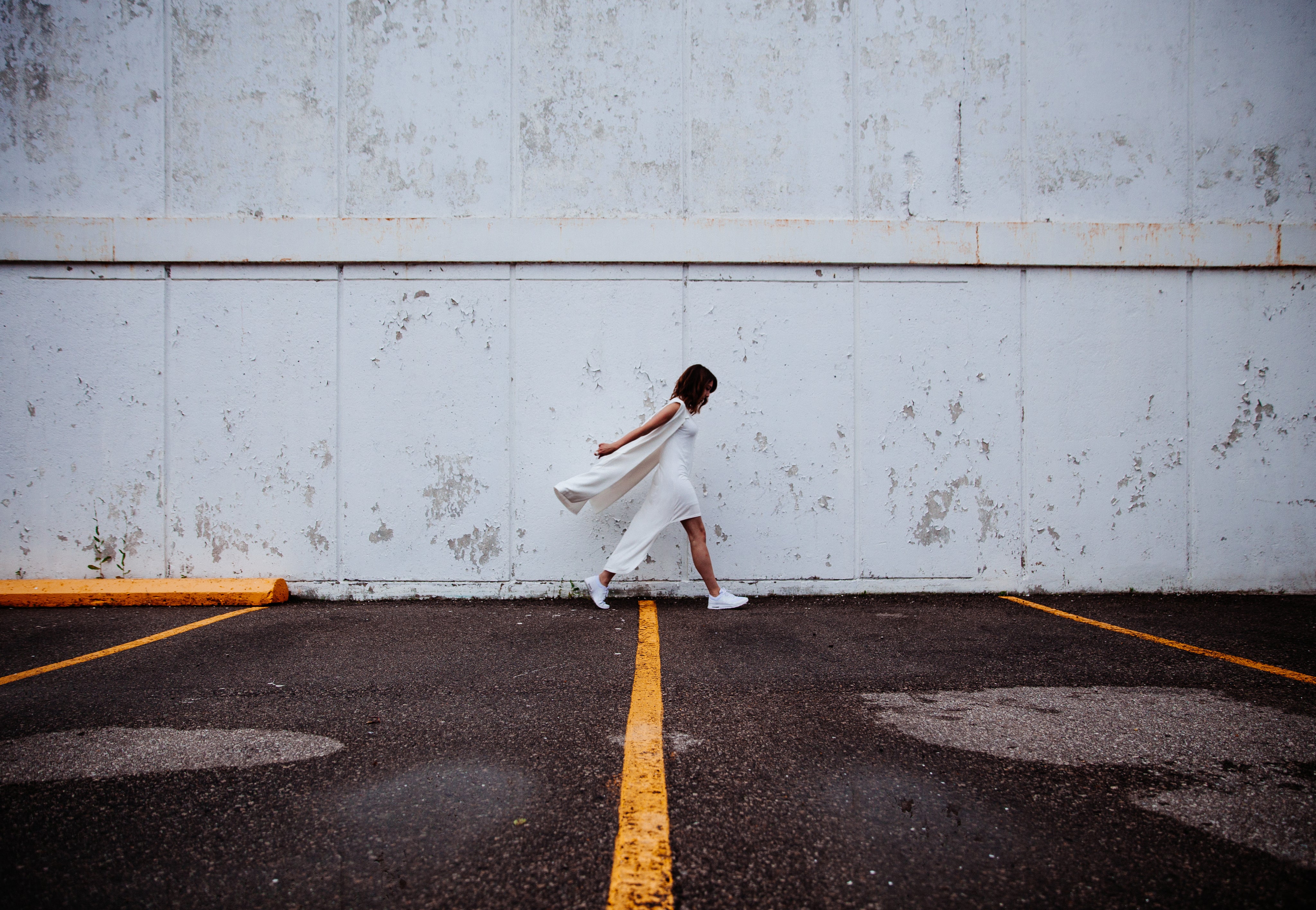Our promise
Testimonials
Our most asked questions about pendant necklaces
-
Pendant necklaces are very much in style, a versatile fashion accessory that can be worn with a variety of outfits and a perfect fit for nearly every occassion.
Pendant necklaces come in a range of styles from understated to bold fashion statements, and a versatile enough that most can be worn for both everyday wear and the most formal of events. Popular styles include:
- Solitaire Pendants: These feature a single stone or pearl suspended from a delicate chain and are perfect for everyday wear.
- Charm Necklaces: These feature a variety of charms or pendants, including initials, symbols, and meaningful designs, making them a popular choice for personalized jewelry.
- Statement Pendants: These feature large or bold pendants that can be a focal point of an outfit and make a statement.
- Layered Pendants: These feature multiple pendants of varying lengths and styles layered together for a bohemian or chic look.
-
The pendant really refers to the actual piece of jewelry (like a cross or charm) that hangs from the necklace chain or chord. In other words, the pendant is the decorative item, if you will, and the focal point of the entire jewelry (or necklace) piece.
The term necklace is used in a few different ways. For one, necklace often refers to the entirety of the jewerly piece which would include the necklace chain and accompanying pendant (so the final product). Necklace is also used to refer specifically to the chain or cord.
Both necklaces and pendants can be made from a wide variety of materials including precious metals, pearls, stone, and diamonds/gemstones.
-
Yes, both men and women can wear pendant necklaces. Pendants come in a variety of styles and designs, and can be worn by anyone who wishes to accessorize their outfit or express their personal style.
In fact, pendant necklaces are a popular accessory for both men and women. Men may prefer simpler and more understated designs, while women may choose more ornate and decorative pieces. However, there are no hard and fast rules when it comes to pendant necklaces, and anyone can wear them in a way that feels comfortable and expresses their personal style.
-
The 4C's should always be a deciding factor when considering a jewelry purchases that includes diamonds or gemstones, and that's no different for considering what type of diamonds to look for in a pendant.
- Cut: The cut of a diamond refers to its proportions, symmetry, and polish. A well-cut diamond will have maximum brilliance and sparkle, making it more visually appealing. Look for diamonds with excellent or very good cut grades.
- Clarity: Clarity refers to the presence or absence of internal and external blemishes or inclusions in the diamond. A diamond with fewer inclusions or blemishes will be more valuable and appear more brilliant. Look for diamonds with a clarity grade of SI1 or higher.
- Color: Diamonds are graded on a scale from D (colorless) to Z (light yellow or brown). A higher color grade indicates a more colorless diamond, which is generally more valuable. For pendants, look for diamonds with a color grade of G or higher.
- Carat weight: The carat weight of a diamond refers to its size, with larger diamonds being more valuable. When choosing a diamond for a pendant, consider the size of the pendant and your budget.
The important thing to note for pendant diamonds though, is that because there's often a large amount of smaller diamonds, you can often get away with lower quality diamonds (like ones graded with inclusions or a slight yellow warmth) and still have a brilliant looking pendant necklace because the faults won't be as noticeable at the individual diamond level since each individual carat weight will be very small.


